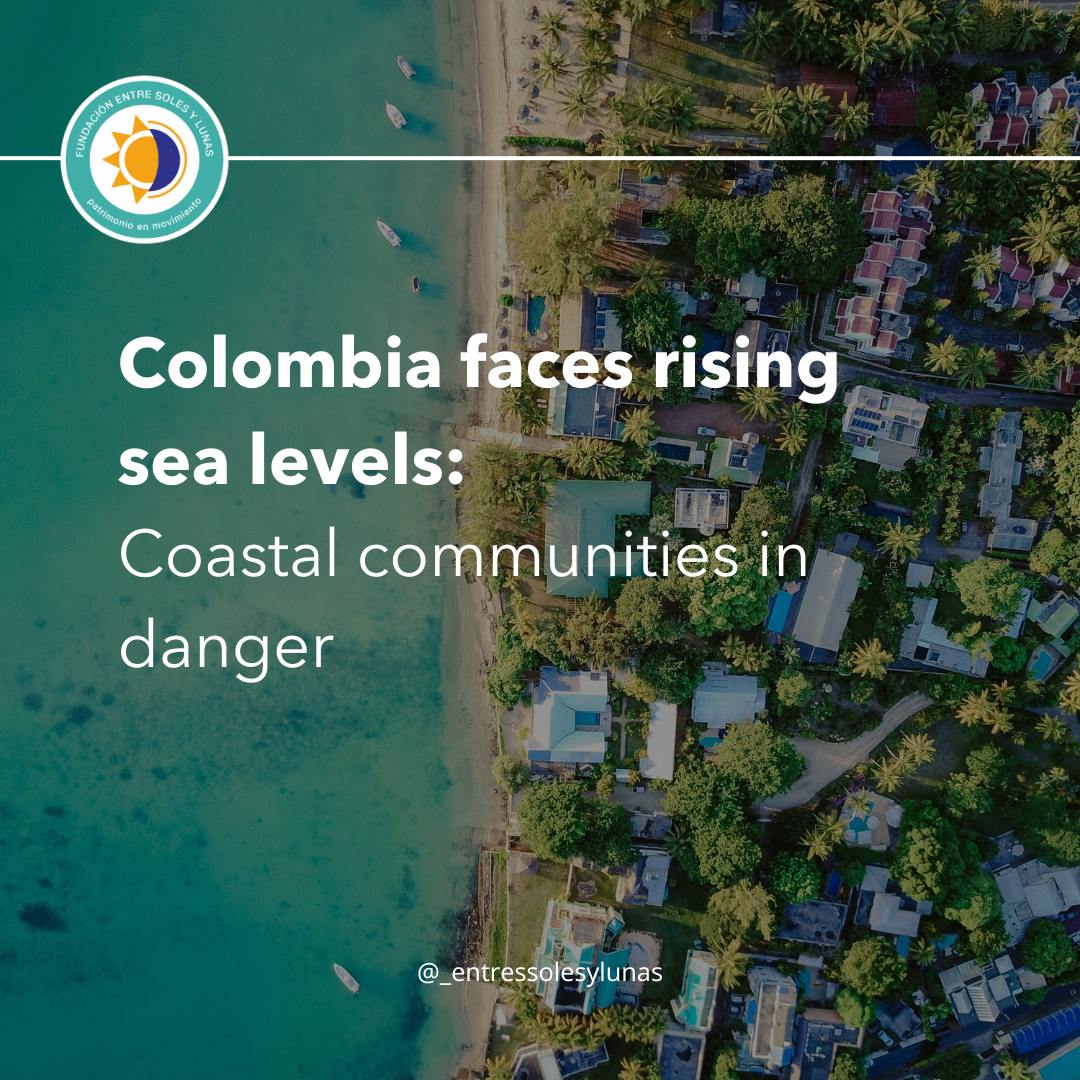By: Camila Rua / Translated by: Adriana Serrano
Colombian families residing on the coast are being displaced due to rising sea levels caused by climate change. Currently, around one billion people worldwide are affected by this crisis. These people are not only losing their properties, but are also forced to abandon their lifestyles, customs, and traditions.
Colombia has 11 affected territories: 30 towns on the Atlantic Coast and 16 on the Pacific Coast. According to the Ministry of the Environment, 30% of the Caribbean and 27% of the Pacific coast are currently at critical danger due to erosion and rising sea levels.
The main affected areas are located in Valle del Cauca and La Guajira territories. The majority of the affected population in these areas belongs to Indigenous or Afro-Colombian communities. The first case is Juanchaco, a small village in the town of Buenaventura, where high tides have destroyed 21 homes and affected 202 families. The National Risk Unit reports that 142 homes are located in danger zones.
In La Guajira, two Wayuu indigenous communities are the most affected: Cachaca III and El Colorao, both near the capital, Riohacha. Cachaca III community has suffered the consequences since 2007-2008 due to an unfinished project intended to curb coastal erosion in Riohacha, which ended up redirecting waves toward its shores. In El Colorao, a waterspout destroyed 30 homes in 2019.
This environmental crisis has also generated a food emergency, as residents depend on seafood, the availability of which has decreased considerably. Traditional economic activities such as fishing and tourism have also been severely affected.
Many residents of these areas have been displaced, either because the sea has invaded their homes or in search of new job opportunities. This phenomenon, known as environmental displacement, was recognized in Colombia as forced displacement due to environmental factors by Order T-123 of 2024.
Despite these legal mechanisms, residents have been requesting state aid for years to face a crisis that is destroying both their properties and their cultural heritage. These problems must be addressed not only for the sake of the environment but also for the communities that depend on it for their subsistence, and that have built their identity around these territories.
Sources
https://www.elespectador.com/investigacion/las-playas-de-colombia-que-estan-desapareciendo


Leave a Reply